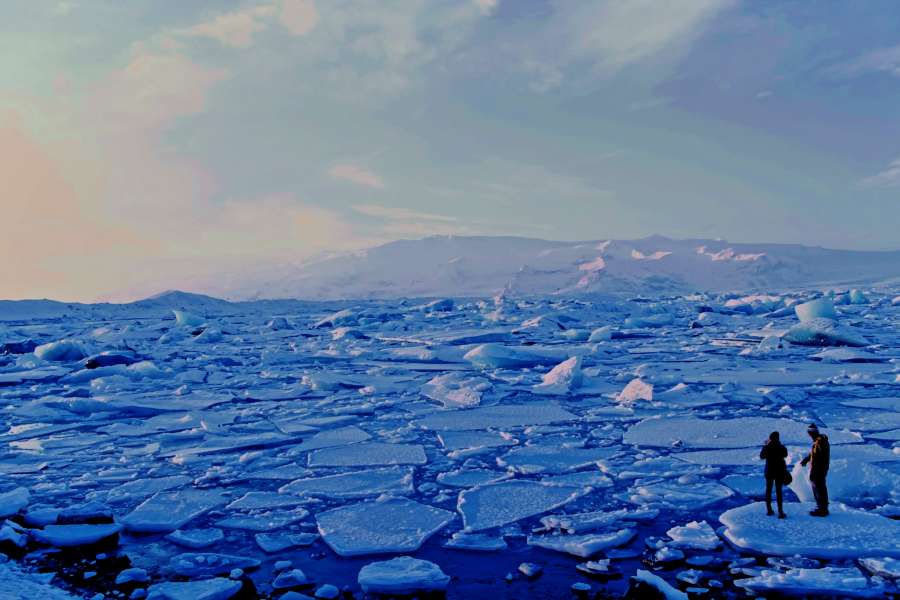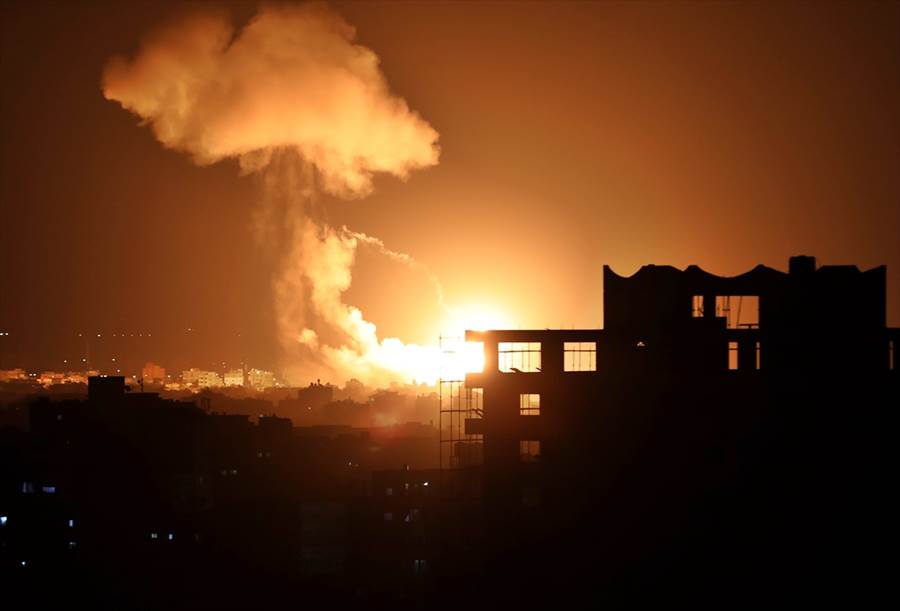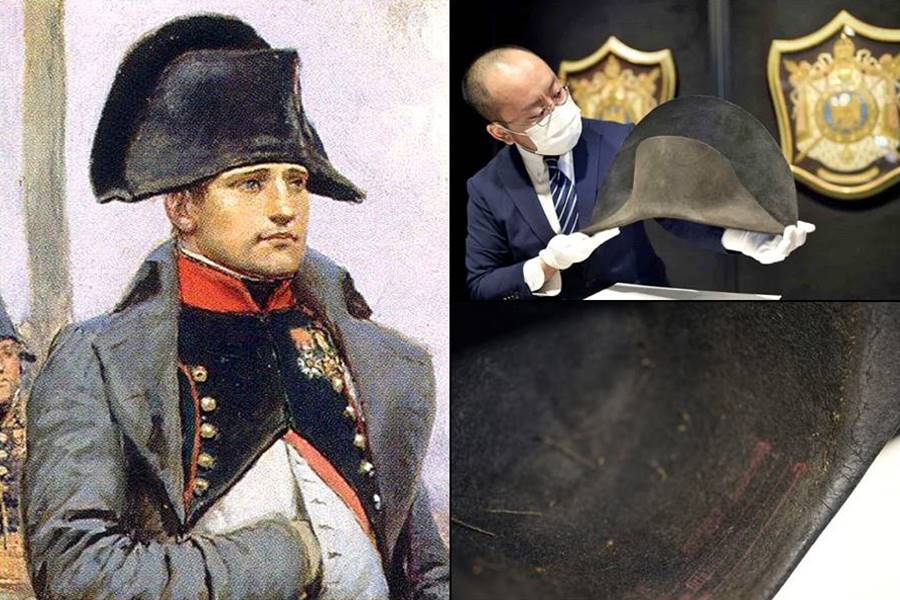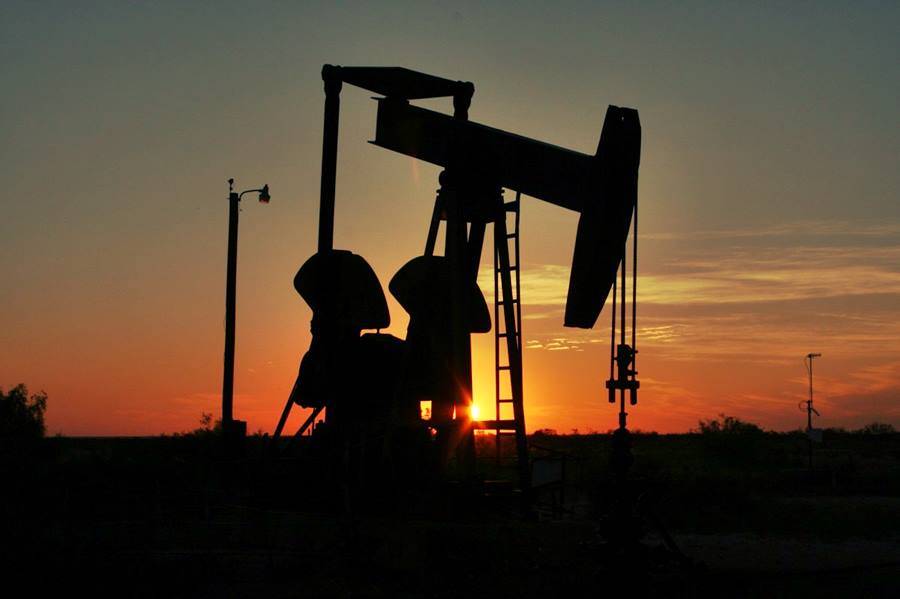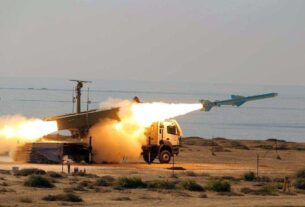Mon 09 August 2021:
The Arctic is likely to be practically free of ice at least once in the summer by 2050 because of the increasing pace of the global warming, according to a fresh report by the Intergovernmental Panel on Climate Change (IPCC).
According to the IPCC experts, the Northern Hemisphere spring snow cover has decreased since at least 1978 and the trend is likely to continue under further global warming.
“Current Arctic sea ice coverage levels (both annual and late summer) are at their lowest since at least 1850 … The Arctic is likely to be practically sea ice free in September at least once before 2050 under the five illustrative scenarios considered in this report,” the IPCC said.
A study published in May this year in the journal of the American Geophysical Union has concluded.
The findings alarm scientists but they say slashing greenhouse gases remains vital, as this will determine whether Arctic summer ice vanishes all together or will be able to rebound over time. If emissions remain very high, there is a risk the Arctic could be ice-free even in the dark, cold winter months, a possibility described in the study as “catastrophic.”
Over recent decades, climate change has peeled back the ice coverage in the Arctic, with 2019 tying with 2012 for having the second lowest ice cover in recorded history. Ice in Russia’s Arctic waters disappeared last summer, freeing up the Northern Sea Route, an area that has become the focus of much of the Kremlin’s economic planning.
“In most simulations, the Arctic Ocean becomes practically sea ice-free… in September for the first time before the year 2050,” said the authors of the study, which is based on 40 of the latest models.
Sea ice is frozen ocean water that melts each summer, then refreezes each winter. Since satellite records began in 1979, summer Arctic ice has lost 40 percent of its area and up to 70 percent of its volume, the Guardian said.
The term “ice-free” generally refers to perennial ice broken into fragments totaling an area less than 1 million square kilometers.
———————————————————————————————————————-
FOLLOW INDEPENDENT PRESS:
TWITTER (CLICK HERE)
https://twitter.com/IpIndependent
FACEBOOK (CLICK HERE)
https://web.facebook.com/ipindependent
Think your friends would be interested? Share this story!


